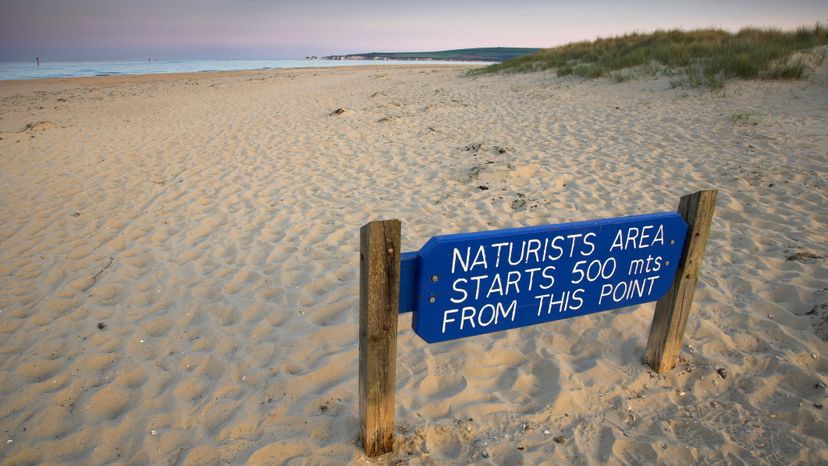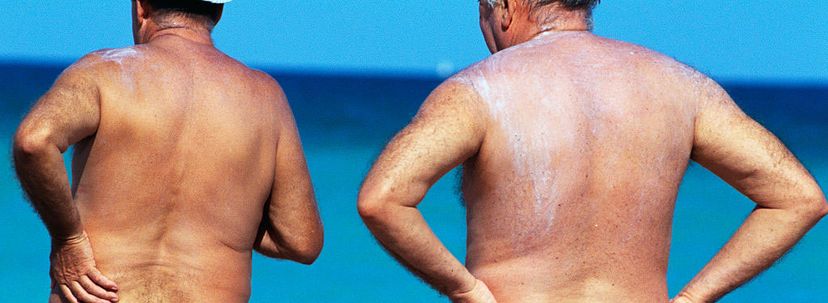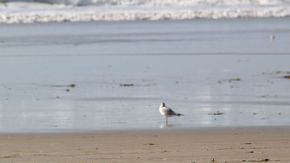
Beaches, for many sand-loving humans, are glorious paradises. Ideal areas to sunbathe, swim, play volleyball or simply hang out — and in some places, let it all hang out. We're referring, of course, to nude beaches.
Nude beaches are exactly what you think. They're places where people congregate for typical recreational beach activities, but instead of covering up with bathing suits and towels, everything is on full display.
Advertisement
Let's settle one critical point straight right away — nude beaches aren't typically a pornographic hodgepodge of hedonism or voyeurism. They are, quite simply, a lot like regular beaches, only some people are naked instead of clothed.
Local authorities formally regulate some nude beaches. Others are unofficial hot spots familiar only to locals. Some require that you doff all your garb when you enter. Others allow you to leave on some of your clothing [source: Huffington Post].
All nude beaches are, at least somewhat, connected to the nudism (also called naturism) lifestyle. Nudism is a common cultural practice in many parts of the world, one in which people embrace the idea that public nudity is a natural and healthy concept.
Nudists often believe that communal nudity is a way to foster self-respect (and respect for others) while achieving a fundamental connection and harmony with the environment. For some, it's a way to reclaim their bodies in an era when we're bombarded with pictures of naked people, most of whom seem to set an unnaturally high standard of beauty. Or maybe it's just humbling to have some sand jammed in your privates occasionally.
For the purposes of our story, we'll be focusing solely on the phenomena of nude beaches, which are the aspect of naturism that often garners the biggest (and to the chagrin of many proponents), most salacious headlines.
Advertisement


